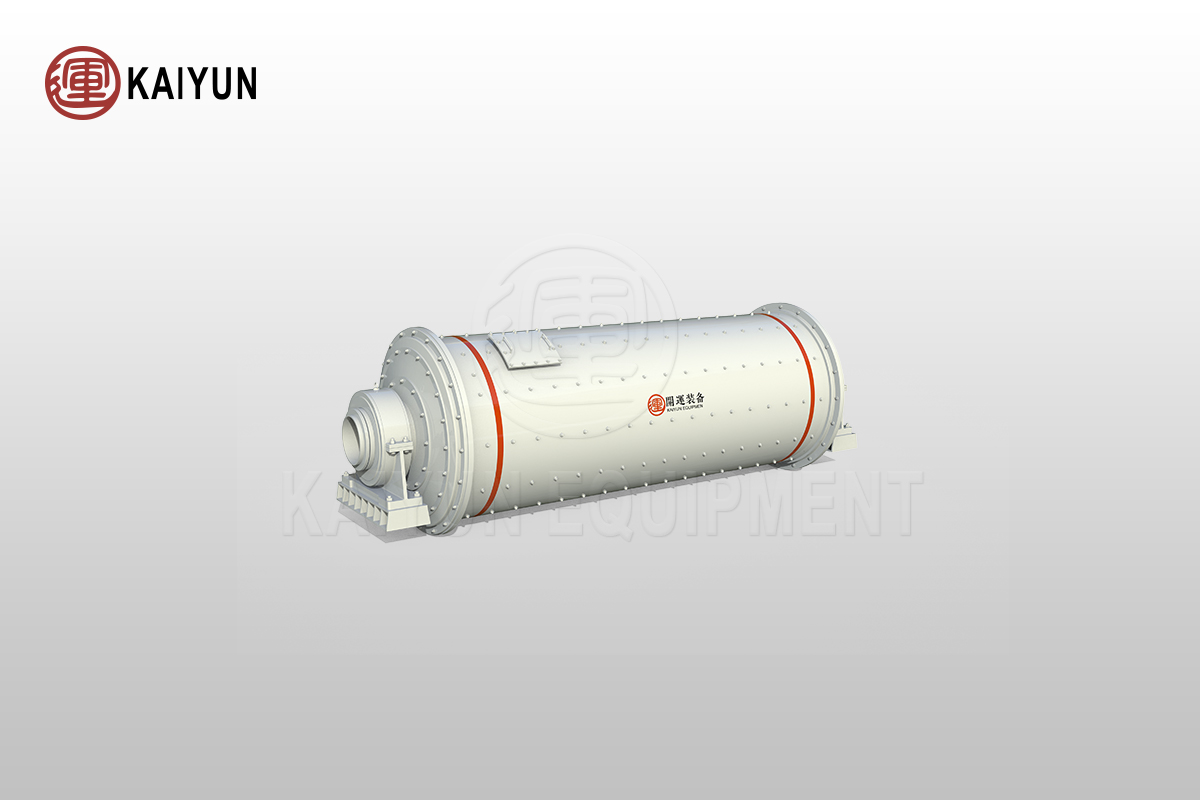Product introduction
Dry Rod Mill as a high-efficiency grinding equipment designed for the mining and chemical industries, the dry rod mill features a unique peripheral discharge method and one-end feeding design, making it an ideal solution for conditions that require high discharge particle size precision.
Especially in the ore industry, the dry rod mill, with its excellent performance, ensures uniform grinding particle size, laying a solid foundation for subsequent fine processing.
Table of Contents

Advantages and characteristics
Excellent Particle Size Control
The dry rod mill demonstrates product particle size performance in open-circuit grinding operations comparable to that of ball mills in closed-circuit grinding operations. It ensures uniform grinding particle size, meeting the stringent particle size requirements of various industries.
Flexible Particle Size Adjustment
Based on specific customer needs, the dry rod mill can flexibly adjust the discharge particle size. The built-in fineness control device, combined with the screening device, precisely controls the product particle size, eliminating over-grinding and preventing non-compliant particles from mixing with the final product, thus ensuring the stability of product quality.
Reduced Over-Grinding
In the interaction between steel rods and ore, coarse materials are preferentially treated and then gradually grind smaller particles. This characteristic significantly reduces over-grinding, improving ore utilization.
Efficient Coarse Particle Handling
As the steel rods ascend, they carry coarse particles with them, acting like a natural screening device. This allows fine particles to pass through the gaps while focusing on crushing the coarse particles, resulting in a more uniform product particle size distribution.
Working principle
The working principle of the dry rod mill is similar to that of the wet rod mill. Both are driven by a motor and a peripheral large gear to rotate the cylinder. The cylinder is loaded with an appropriate amount of grinding media—steel rods. Under the combined action of centrifugal force and friction, the steel rods are lifted to a certain height and then fall in a cascading or cataracting manner, exerting strong crushing force on the material.
The material is continuously fed into the cylinder from the feeding port, crushed by the moving grinding media, and then discharged out of the machine through the overflow and the pushing force generated by continuous feeding, delivering qualified products for subsequent fine processing.
Technical parameters
| Model | Drum diameter (mm) | Drum length (mm) | Drum speed (r/min) | Feed size (mm) | Discharge size (mm) | Capacity (t/h) | Power (kw) | Weight (t) | |
| MBS0918 | 900 | 1800 | 36-38 | ≤25 | 0.833-0.147 | 0.62-3.2 | 18.5 | 5.9 | |
| MBS0924 | 900 | 2400 | 36 | ≤25 | 0.833-0.147 | 0.81-4.3 | 22 | 6.7 | |
| MBS1224 | 1200 | 2400 | 36 | ≤25 | 0.833-0.147 | 1.1-4.9 | 30 | 13.9 | |
| MBS1530 | 1500 | 3000 | 29.7 | ≤25 | 0.833-0.147 | 2.4-7.5 | 75 | 19.8 | |
| MBS1830 | 1830 | 3000 | 25.4 | ≤25 | 0.833-0.147 | 4.8-11.6 | 130 | 34.9 | |
| MBS2130 | 2100 | 3000 | 23.7 | ≤25 | 0.833-0.147 | 14-35 | 155 | 46.5 | |
| MBS2136 | 2100 | 3600 | 23.7 | ≤25 | 0.833-0.147 | 19-43 | 180 | 48.7 | |
| MBS2430 | 2400 | 3000 | 21 | ≤50 | 0.833-0.147 | 25-65 | 245 | 59.7 | |
| MBS2736 | 2700 | 3600 | 20.7 | ≤50 | 0.833-0.147 | 32-86 | 380 | 92.5 | |
| MBS2740 | 2700 | 4000 | 20.7 | ≤50 | 0.833-0.147 | 32-92 | 400 | 95 | |
| MBS3245 | 3200 | 4500 | 18 | ≤50 | 0.833-0.147 | 64-180 | 630 | 149 | |